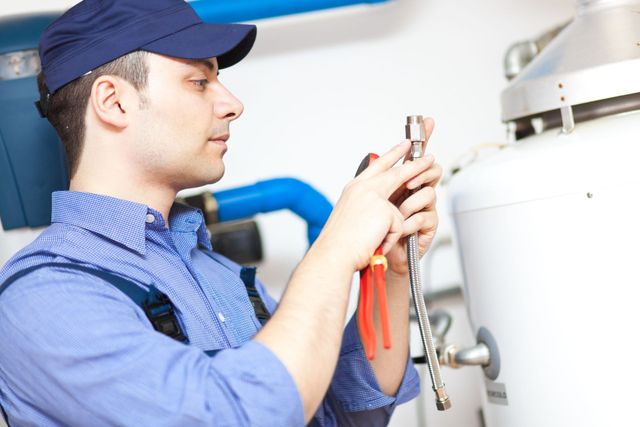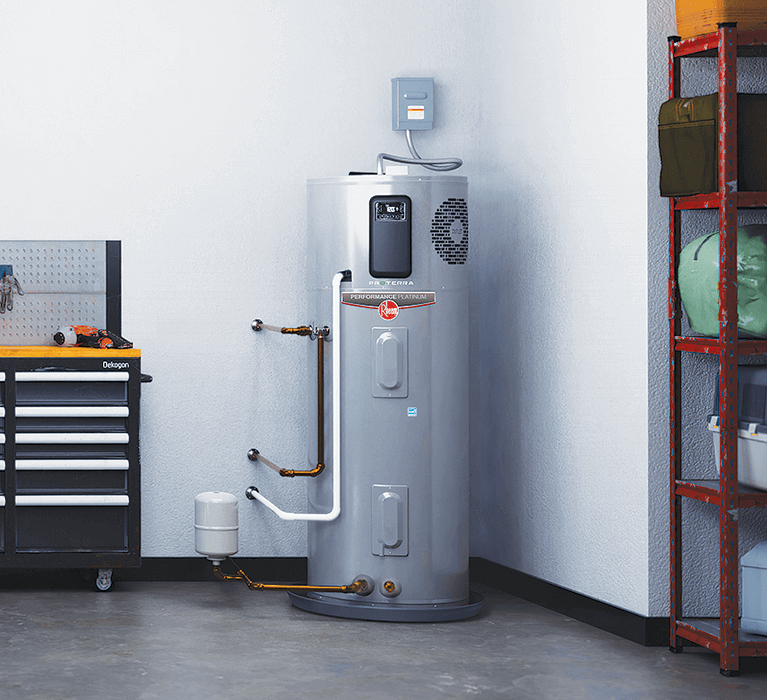We've stumbled upon the article involving Tips For Maintaining Your Hot Water Heater down the page on the net and thought it made good sense to relate it with you over here.

Warm water is essential for daily convenience, whether it's for a rejuvenating shower or washing meals. To ensure your warm water system runs efficiently and lasts much longer, regular upkeep is crucial. This short article supplies useful tips and understandings on exactly how to preserve your home's hot water system to prevent interruptions and costly repair work.
Introduction
Preserving your home's hot water system might seem daunting, yet with a couple of straightforward steps, you can ensure it operates efficiently for several years to find. This guide covers whatever from understanding your hot water system to do it yourself upkeep tips and knowing when to call expert assistance.
Relevance of Keeping Your Hot Water System
Regular upkeep not only extends the lifespan of your hot water system but also ensures it runs successfully. Disregarding maintenance can bring about lowered performance, greater power expenses, and even premature failure of the system.
Signs Your Warm Water System Demands Upkeep
Understanding when your hot water system needs attention can protect against significant concerns. Watch out for signs such as irregular water temperature, weird sounds from the heater, or corroded water.
Comprehending Your Hot Water System
Prior to diving right into upkeep tasks, it's handy to comprehend the basic elements of your hot water system. Commonly, this includes the water heater itself, pipelines, anode rods, and temperature level controls.
Monthly Upkeep Tasks
Routine month-to-month checks can assist capture minor issues prior to they escalate.
Purging the Water Heater
Purging your water heater eliminates sediment accumulation, improving effectiveness and prolonging its life.
Monitoring and Replacing Anode Rods
Anode rods protect against rust inside the container. Examining and changing them when worn out is critical.
Examining and Readjusting Temperature Setups
Adjusting the temperature setups guarantees optimum performance and security.
Do It Yourself Tips for Maintenance
You can do several maintenance jobs yourself to keep your warm water system in top condition.
Looking for Leaks
Frequently inspect pipes and links for leakages, as these can result in water damage and higher expenses.
Testing Pressure Relief Valves
Checking the stress relief valve ensures it operates correctly and avoids extreme stress buildup.
Protecting Pipelines
Shielding hot water pipes decreases warmth loss and can conserve energy.
When to Call an Expert
While do it yourself upkeep is beneficial, some problems need specialist expertise.
Complex Problems Needing Specialist Aid
Instances consist of major leaks, electrical issues, or if your hot water heater is continually underperforming.
Regular Professional Maintenance Advantages
Expert maintenance can consist of detailed inspections, tune-ups, and guaranteeing compliance with safety standards.
Final thought
Routine maintenance of your home's hot water system is necessary for effectiveness, durability, and expense savings. By complying with these ideas and understanding when to look for expert assistance, you can guarantee a dependable supply of hot water without unexpected disruptions.
Water Heater Maintenance Tips
Test the TPR Valve
Shut off the power and the cold-water supply valve. Place a bucket under the pipe connected to the temperature-pressure-release (TPR) valve on the top or side of the tank. (This valve opens if the tank pressure gets too high.) Lift the valve’s tab to let some water out, then let go. If water keeps flowing, drain the tank partway, unscrew the old valve with a pipe wrench, and install a new one. Check the Anode Rod
Put a hose to the tank’s drain cock and let out a few gallons of water. Now fit a 1 1/16-inch socket onto the rod’s hex head on top of the heater (or under its top plate) and unscrew the rod. If it’s less than ½ inch thick or coated with calcium, buy a new one, wrap its threads with Teflon tape, put it back in the tank, and tighten securely. Use this segmented rod if headroom above the tank is limited. Drain the Tank and Wash Out Sediment
Drain the remaining water in the tank into the bucket, then stir up the sediment on the tank’s bottom by briefly opening the cold-water supply valve. Drain and repeat until clean water comes out of the hose. Close the drain cock, refill the tank, and turn its power back on. Adjust the Temperature
Find the temperature dial on the side of the tank and unscrew its cover. Adjust the dial to 120 degrees using a flathead screwdriver. For every 10 degrees the temperature is lowered, you can expect to save up to 5 percent in energy costs. Turn the water heater off or the thermostat down to its lowest setting if you plan to be away from home for more than three days. Insulate the Pipes
Buy some self-sticking 3/8-inch-thick foam pipe insulation that matches the pipes’ diameter. Slide the foam over the hot-and cold-water pipes as far as you can reach. Insulating the cold-water pipe prevents condensation in summer. Peel the tape and squeeze the insulation closed. If the pipe is 6 inches or less from the flue, cover it with 1-inch-thick unfaced fiberglass pipe wrap. https://www.thisoldhouse.com/plumbing/21016402/how-to-maintain-a-water-heater

As a passionate reader about How to Maintain a Hot Water Heater in a Few Simple Steps, I figured sharing that piece of content was really useful. Are you aware of somebody else who is in to the topic? Feel free to share it. I appreciate reading our article about How to Maintain a Hot Water Heater in a Few Simple Steps.
Visit Homepage